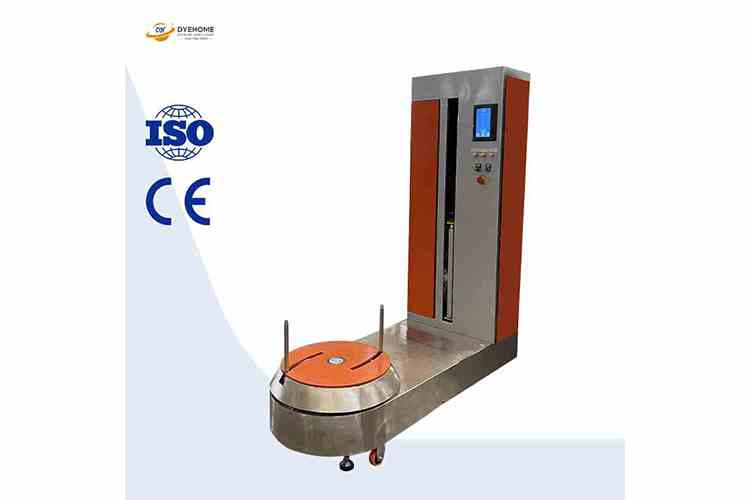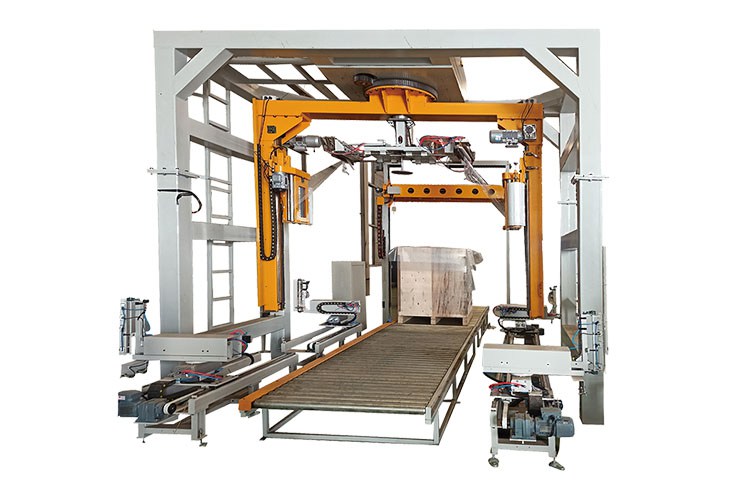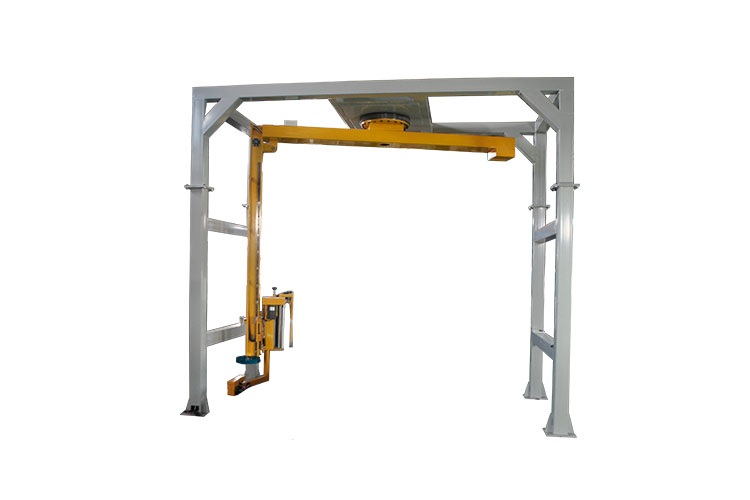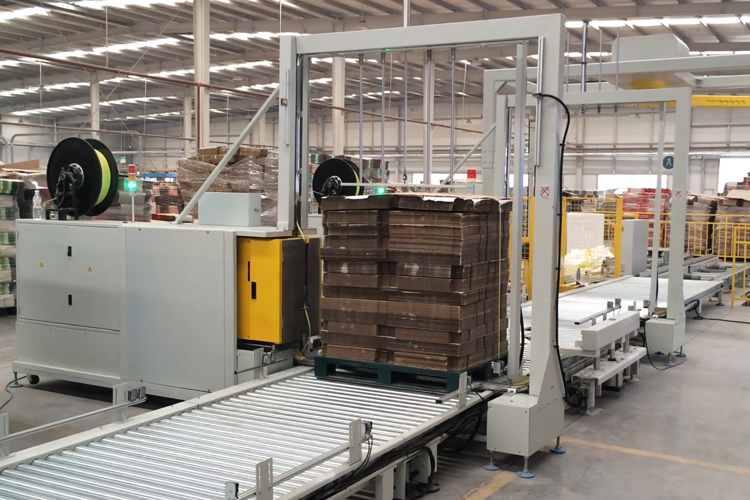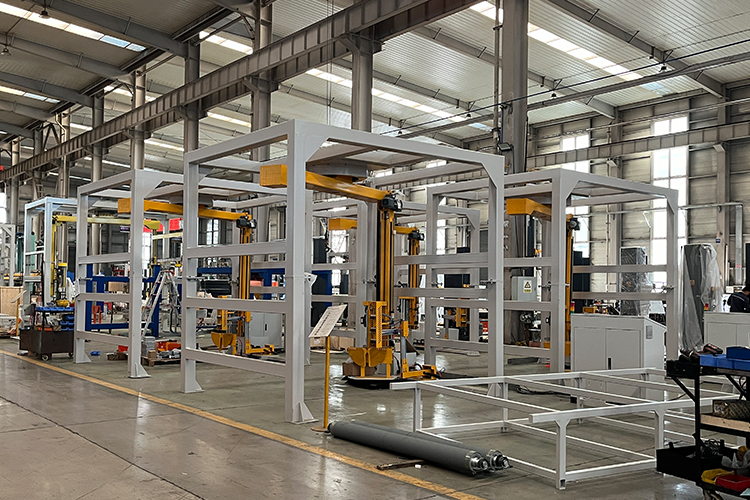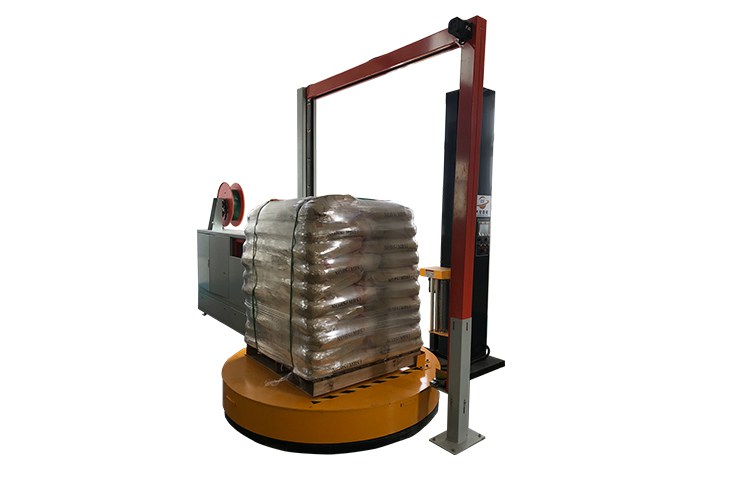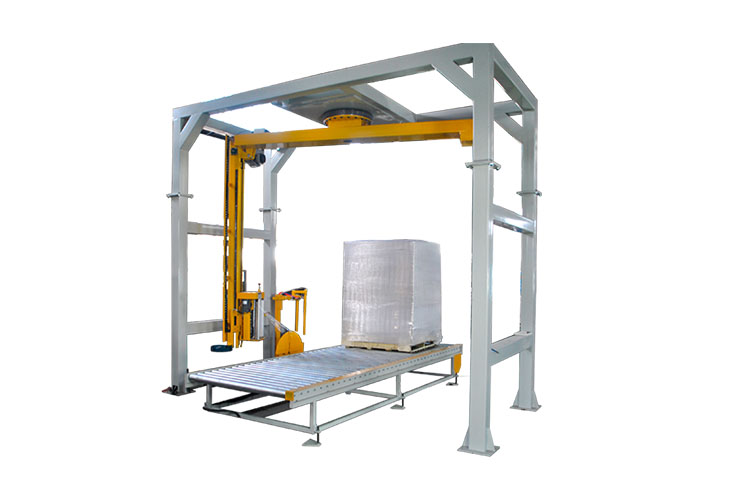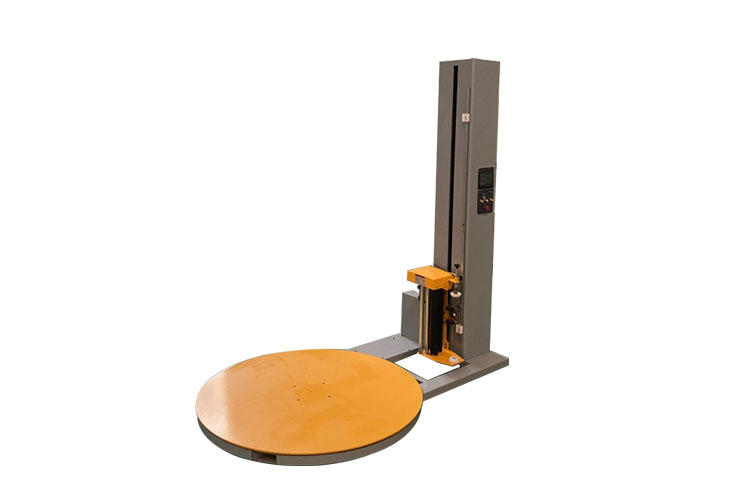Stretch film packaging machine makes pallet shipment more labor-saving, consumable and time-saving
Date: 2025-07-11Id:292Views:
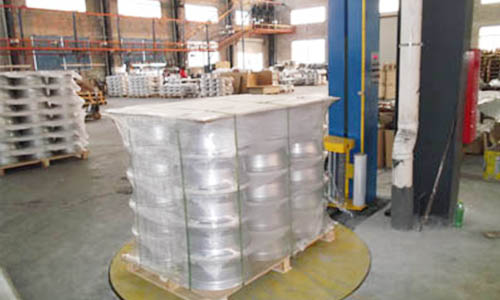
What are the common problems on the packaging site? Manual operation is laborious and wastes film
In manufacturing, warehousing, e-commerce logistics and other industries, pallet cargo must be wrapped and reinforced before leaving the warehouse to prevent loosening, slipping, and moisture during handling and transportation. The traditional manual film wrapping method is not only high in operation intensity and low in efficiency, but also has a great influence on human factors. Problems such as loose film wrapping, waste of film materials, and irregular packaging often occur, which affects the customer's receiving experience and also brings additional labor costs to the company. At this time, an efficient, intelligent and stable stretch film packaging machine has become the standard equipment for more and more companies to upgrade their automated packaging.
Flexible structure, convenient operation, and the whole packaging process is completed automatically
The stretch film packaging machine adopts an intelligent control system, which automatically starts the film wrapping program by sensing the pallet, and executes the whole process of turntable or rocker rotation, film frame lifting, pre-stretching and wrapping, film breaking and film caressing. You only need to set the packaging parameters (such as the number of winding circles, rising height, film tension, etc.), and the packaging can be completed after one-click start, without manual intervention. The average packaging time per pallet is more than 1 minute, which is stable and efficient, and the packaging rhythm is consistent, which greatly improves the delivery efficiency.
Save 30% of film and half of manpower, and the cost saving is visible
The equipment is equipped with a pre-stretched film frame system, which can stretch the stretch film to 250%, and then wrap it on the surface of the goods. While ensuring the tightness of the wrapping, it effectively reduces the use of film materials. Compared with manual wrapping, the average film material can be saved by 30%, while reducing the waste and loss of corners. In terms of manpower, it takes 10 minutes for 3-4 people to pack 1 pallet. After using the stretch film packaging machine, 1 person can operate multiple devices at the same time, and the efficiency is increased by at least 2 times. For factories or warehouses with large shipments, a lot of manpower and consumables costs can be saved every year.
Adapt to the packaging needs of goods in multiple industries, support function expansion and personalized customization
The wrapping film packaging machine can choose different structural types (turntable, rocker, cantilever, online, self-propelled) according to customer needs, and adapt to various packaging forms such as standard pallets, heavy goods, high-stack materials, and special-shaped products. It can also expand the functions of integrated top film device, sword-threading belt, top pressure device, code scanning and printing, conveyor line linkage, remote control, ERP system docking, etc., to connect into a one-stop unmanned packaging workflow. It is widely used in industries such as home appliances, building materials, food, e-commerce, chemicals, logistics, and export companies that have high requirements for packaging efficiency and standardization.
The trend of intelligent packaging has come, and it is time to upgrade the packaging efficiency of enterprises
With the transformation of various industries to automation and digitalization, the packaging link is no longer just a simple "wrap a few circles" process, but has become a key node that reflects the delivery standards, management level and cost control capabilities of enterprises. The wrapping film packaging machine is not only a tool to replace manual labor, but also an entrance to improve efficiency, a guarantee of packaging specifications, and a guarantee of delivery experience. For enterprises that hope to optimize labor efficiency, control costs, and stabilize shipments under the premise of unchanged production capacity, this equipment is a key investment to improve the "cost-effectiveness" of the packaging process.
Related


